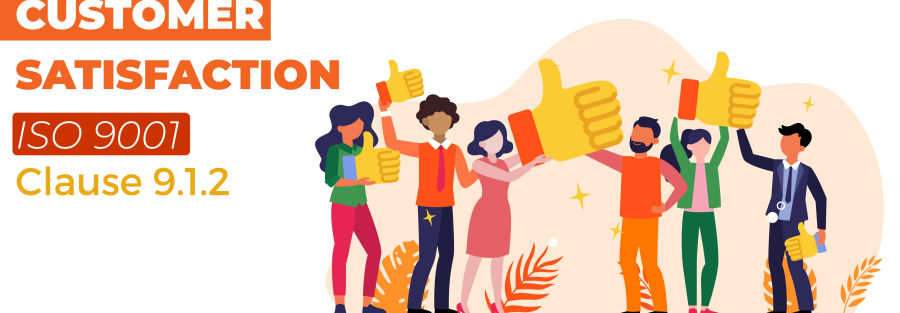Improving customer satisfaction with ISO 9001:2015 involves implementing a systematic approach to quality management that focuses on meeting customer needs and expectations. ISO 9001:2015 is a globally recognized standard for quality management systems, and it provides a framework for organizations to enhance customer satisfaction.
Here are steps to achieve this:
Understand Customer Needs and Expectations: Start by identifying your customer segments and understanding their specific needs and expectations. This can be done through surveys, feedback, and market research.
Create customer personas to represent your various customer types, their preferences, and pain points.
Define Quality Objectives: Based on the understanding of customer needs, establish clear and measurable quality objectives. These objectives should be aligned with customer satisfaction goals.
Ensure that your quality objectives are SMART (Specific, Measurable, Achievable, Relevant, and Time-bound).
Implement a Robust Quality Management System (QMS): Align your organization’s processes with ISO 9001:2015 standards to ensure consistency and efficiency.
Document your processes, procedures, and work instructions to ensure that everyone in the organization follows standardized practices.
Train and Empower Employees: Provide training to employees on quality management principles and customer service.
Empower employees to take ownership of their work and encourage a culture of continuous improvement.
Monitor and Measure Performance: Implement a system for monitoring and measuring key performance indicators (KPIs) related to customer satisfaction.
Regularly review performance data to identify areas for improvement.
Customer Feedback and Complaint Handling: Establish a structured process for collecting, analyzing, and responding to customer feedback and complaints.
Use customer feedback to identify areas where improvements can be made and take corrective actions accordingly.
Continual Improvement: Implement a continual improvement process as per ISO 9001:2015 requirements.
Use tools such as root cause analysis and the Plan-Do-Check-Act (PDCA) cycle to drive ongoing improvement efforts.
Supplier Management: Ensure that your suppliers meet quality standards and provide goods and services that meet customer expectations.
Collaborate with key suppliers to improve the quality of inputs to your processes.
Risk Management: Identify and assess risks that could impact customer satisfaction.
Develop risk mitigation plans to minimize the negative impact of potential issues.
Communicate and Engage: Keep customers informed about your commitment to quality and how you are addressing their needs.
Engage with customers through various channels, including social media, surveys, and direct communication.
Internal Audits and Management Reviews: Conduct regular internal audits to ensure compliance with ISO 9001:2015 and your QMS.
Hold management reviews to assess the effectiveness of your quality management system and make strategic decisions for improvement.
Certification and Third-Party Audits: Consider obtaining ISO 9001:2015 certification from a recognized certification body to demonstrate your commitment to quality.
Regularly undergo third-party audits to ensure compliance and identify areas for improvement.
By implementing these steps and maintaining a strong commitment to quality and customer satisfaction, organizations can improve their overall performance and meet the requirements of ISO 9001:2015 effectively. This, in turn, can lead to increased customer satisfaction and loyalty.

